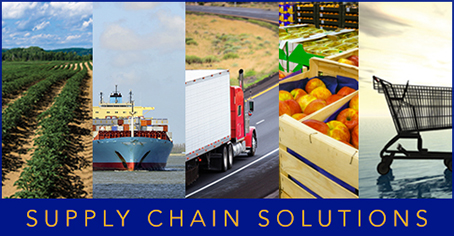Labor and packaging resources versus needs are also appraised. The managers then collectively determine what can be done to address the gaps. Daily engagement provides further opportunities to proactively manage changing conditions.
“You jump into daily huddles within the categories and within the warehouses to manage the day-to-day issues,” says Roosdahl. “They’re very quick, efficient, and have defined KPIs [key performance indicators] so you can see how you’re performing. You make daily adjustments and ensure they’re being communicated to the right people.”
Consumer Fresh follows a similar process of regularly bringing the key players together for information sharing and planning. “Every morning, we’re having a dialogue as a group and we get updates from buyers,” explains Cessna. While everyone shares relevant information, the buyer makes the final decision to either purchase product or pass on it. If the buy is made, then the sales and service teams go into action to move and sell the product.
Summary
Produce supply chain professionals operate in a fast-paced, frequently changing environment. Much like football coaches and quarterbacks, they must develop preseason strategies but also prepare for evolving conditions. “Plan ahead so you know what to expect, but be flexible because something is going to change,” advises Cessna.
Being ready for environmental, resource, and competitive changes involves monitoring the marketplace, conducting “what if” analysis, and aligning strategic and tactical plans.
When needed, the occasional quick audible must be called to change sourcing locations, add or streamline inventory, or expedite loads in response to customer order requirements.
The use of S&OP combined with frequent team communication provides valuable support for making effective decisions. Of course, produce industry knowledge, intuition, and relationships also help immensely.
The future need for “what if” analysis and scenario modeling will only grow. The marketplace is changing with retailers buying smaller volumes on a just-in-time basis and consumers seeking a greater variety of organic and local products. Omni-channel grocery retailing is another change agent. With these shifts comes a host of new challenges and the need for more agile produce supply chains. So, strap on that helmet and get ready. It’s game time!



